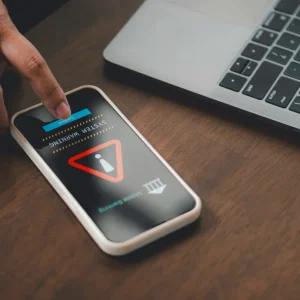Fujitsu claims to have developed the first authentication technology to extract and match 2,048-bit feature codes from Palm Vein images.
Furthering technology that already produces biometric data from palm vein images, Fujitsu’s extraction process now produces the data in binary format, allowing multiple feature codes to be generated from a single piece of data.
These different codes can then be used for multiple biometric authentication services, improving security of biometric data, even in the event of leaked or stolen user information, Fujitsu said.
The new technology is hoped to expand the scope of use for palm vein authentication technology, while also enabling a larger number of customers to safely and securely take advantage of biometric authentication.
Fujitsu said: "In the event that one of these feature codes is leaked or stolen, one can simply generate a new feature code and continue using the service without worry. Just as a person’s feature or password can be changed as desired, this approach also enables each service to store a different feature code."
Fujitsu aims to commercialise the technology by 2015. It hopes to improve image normalisation in order to reduce the restrictions of the hand’s position and shape as much as possible, while increasing the accuracy of the feature code extraction technology.







